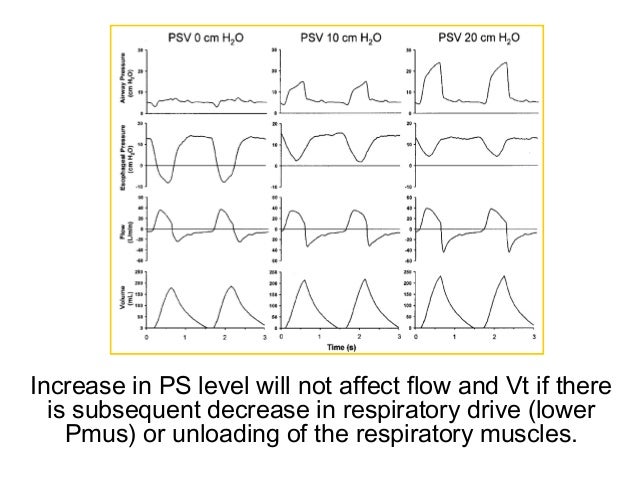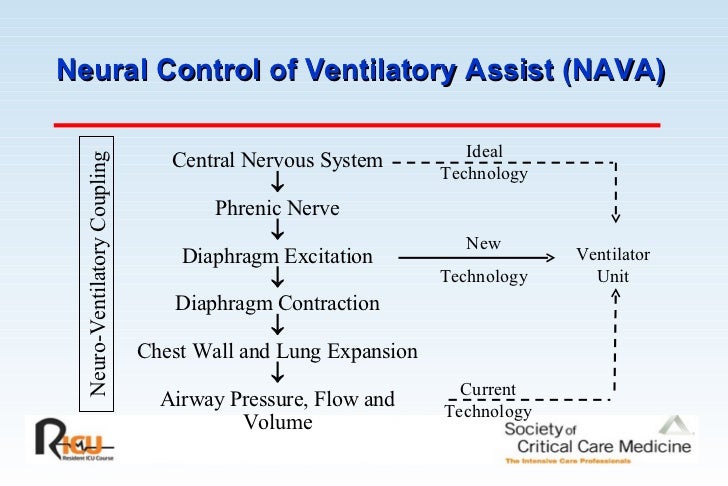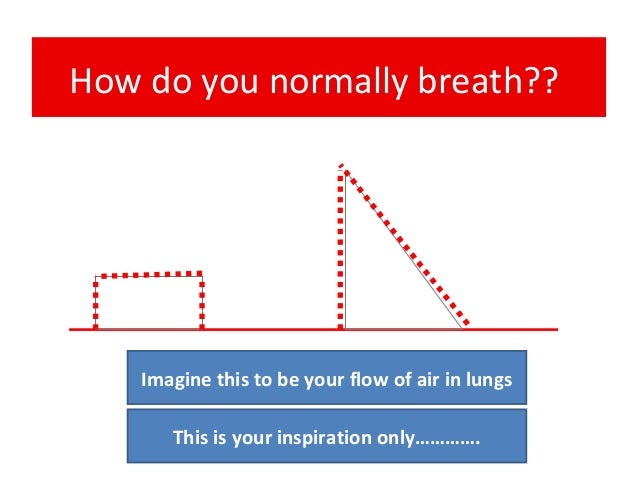

Īvailable evidence challenges the notion that ‘advanced’ (SGA or tracheal tube) interventions are better than ‘basic’ (bag-mask ventilation) interventions during CPR. In a further study, VL use was associated with shorter pauses in compressions compared with direct laryngoscopy when initial tracheal intubation was not successful. In one study of experienced clinicians, VL was associated with significantly fewer episodes of prolonged (> 10 s) interruptions in chest compressions the intubation success rate was not significantly different.


Videolaryngoscopy (VL) for tracheal intubation may have a role in tracheal intubation during CPR, although there are few studies of VL use during CPR. Current European guidelines recommend a pause in compressions of less than 5 s for tracheal tube insertion. Studies suggest more than 50 successful intubations are required to achieve an insertion success rates of over 90% during CPR. Tracheal intubation enables chest compressions to continue uninterrupted while the lungs are ventilated, avoids gastric insufflation and protects the lungs from aspiration of gastric contents: an observational study, however, showed one-third of OHCA patients had regurgitation, and in two-thirds this occurred before EMS arrival and in a quarter between EMS arrival and tracheal intubation. Studies in late cardiac arrest (40–50 minutes) show that the tidal volumes generated are less than the patient’s estimated deadspace. Whether chest compressions generate a sufficient tidal volume for gas exchange is uncertain and likely to vary over time. Observational studies show improved survival to discharge for all adult OHCAs, and improved survival with good neurological outcome for witnessed cardiac arrest or if the initial rhythm is shockable. Some EMS services deliver continuous high-quality chest compressions with passive oxygenation with an oropharyngeal airway and simple oxygen mask (minimally interrupted cardiac resuscitation) and an advanced airway is delayed until after 600 chest compressions for witnessed OHCA with a shockable rhythm. Additional benefits of CPR with compressions and ventilations are most likely when delivered by rescuers trained in ventilation, when emergency medical service (EMS) response times are long or after an asphyxial cardiac arrest. In addition, dispatch-assisted compression-only CPR appears to give similar or improved outcomes compared with dispatcher CPR instructions for both compressions and ventilations. This could be because of an increased likelihood of bystanders performing compression-only CPR rather than no CPR, or CPR with long pauses for probably ineffective ventilation attempts. Observational data suggest that early lay-bystander compression-only CPR can improve survival after sudden cardiac arrest. After ROSC, rescuers should titrate inspired oxygen and ventilation to achieve normal oxygen and carbon dioxide targets.Īs VF/pVT has a better response to treatment, CPR interventions prioritise treatment for VF/pVT at the expense of those that may be helpful for PEA or asystole. During CPR, rescuers should provide the maximum feasible inspired oxygen and use waveform capnography once an advanced airway is in place. Current evidence supports a stepwise approach to airway management based on patient factors, rescuer skills and the stage of resuscitation. This narrative review describes the current evidence, including the relative roles of basic and advanced (supraglottic airways and tracheal intubation) airways, oxygenation and ventilation targets during CPR and after ROSC in adults. Current guidelines are based predominantly on evidence from observational studies and expert consensus recent and ongoing randomised controlled trials should provide further information. The optimal combination of airway techniques, oxygenation and ventilation is uncertain. After cardiac arrest a combination of basic and advanced airway and ventilation techniques are used during cardiopulmonary resuscitation (CPR) and after a return of spontaneous circulation (ROSC).


 0 kommentar(er)
0 kommentar(er)
